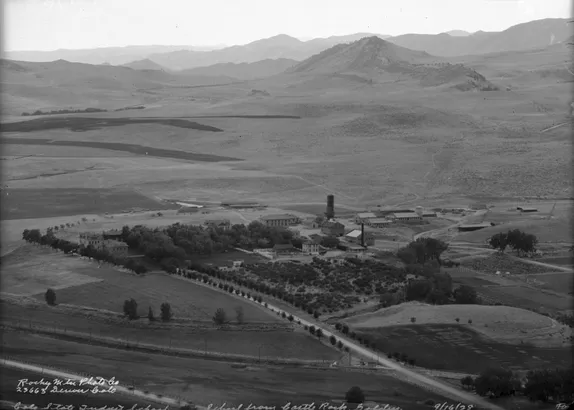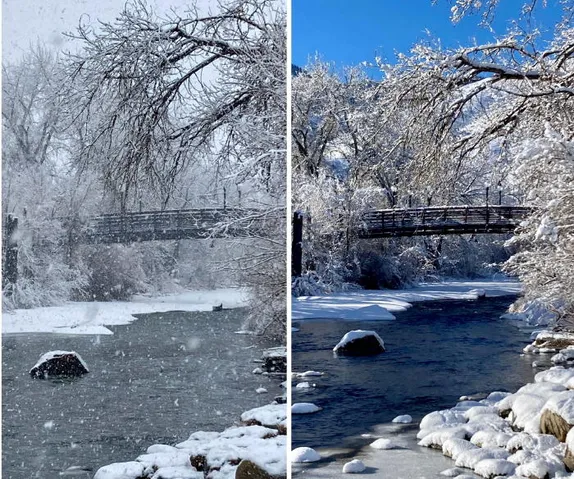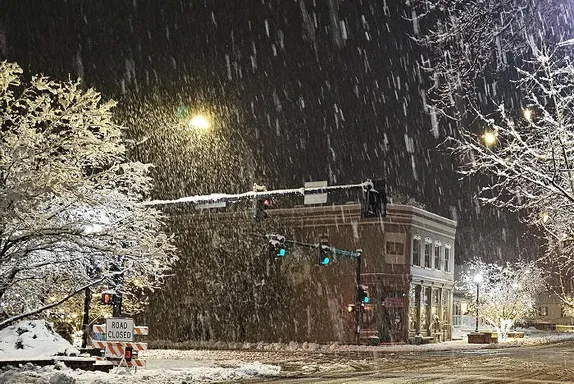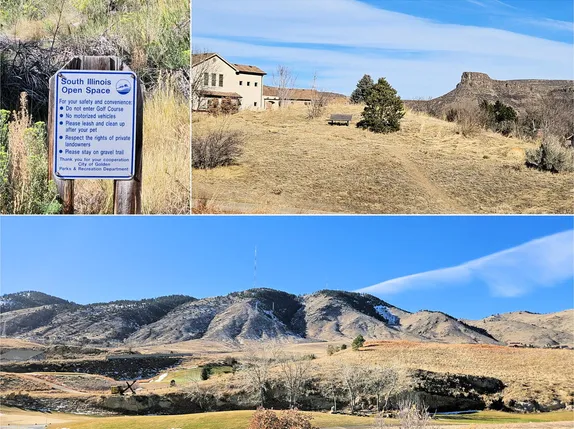
Real World Events
8AM New Member Hike: Apex Trail – Sponsored by the Colorado Mountain Club
Please sign up even if put on wait list. If needed, we will run two different hikes 15 minutes apart.
Covid Precautions – check latest in effect re: carpools, masks and social distance between hikers – https://www.cmc.org/COVID-19andCMCProgramming.aspx
THIS TRIP IS FOR NEW AND PROSPECTIVE CMC MEMBERS ONLY. We will answer new members’ practical questions and talk about pace, clothing, gear, etc. Bring your questions and concerns. Sign up
10AM-2PM Brunch at the Rose (map)
The Rose will be hosting brunch every Saturday and Sunday. Come enjoy our delicious brunch menu, along with signature cocktails. Music from 11AM to 2PM. Reservations
1-3PM Nan’s Hundred Club Rocky Mountain High Tea
Rocky Mountain Quilt Museum, 200 Violet Street, Suite 240, Golden, CO (map)
Nan’s Hundred Club (NHC) is a special group of museum supporters (membership limited to 100 members) that meet once a year at the elegant Rocky Mountain Mile High Tea. At the meeting, members choose special museum projects to fund with their cumulative donations. In the past, Nan’s Hundred Club has funded or contributed to the purchase of LED gallery lighting, the comfortable folding chairs used for museum functions, computer upgrades, store fixtures, and much more. The Executive Director provides a list of projects and/or items that could benefit the museum and members present at the tea vote on use of the funds. A donation of $100 provide the donor membership and admission to the tea. If you have questions about NHC, please call 303-215-9001 and ask for Peggy or Karen. Become a member.
7:30 The Treasurer at Miners Alley Playhouse (also available on-demand for home viewing!)

LIVE MUSIC:
11AM Jack Hadley @ Buffalo Rose (Sky Bar Stage – outdoor patio)
12PM Band of Brothers and Dave Frisk @ Dirty Dogs Roadhouse
2PM Dan Buller’s Swing Aggregate@ Golden Mill
2PM Mortise & Tenon @ Over Yonder
3PM Brian Hornbuckle Band @ Wrigley’s
4PM Mostly Harmless @ Buffalo Rose (Sky Bar Stage – outdoor patio)
7PM Lies or Lullabies @ Buffalo Rose (main venue)
8PM Karaoke Contest at Ace Hi Tavern
Golden History Moment

When Golden was new, we surveyed streets but didn’t have much of a tax base to define or improve them in any way. Such maintenance as was done (such as filling exceptionally large holes) was often done as a judicial fine: break a law and you might be sentenced to 30 days of road work.

Grading was a difficult and expensive process, requiring teams of draft horses, so roads often went around obstacles (such as a mountain, a tree, or a boulder) rather than blasting through in a straight line; thus, early roads tended to be crooked affairs, zig-zagging as necessary.
As automobiles came into use, better roads became more important. Business owners and boosters saw roads as increasingly important to the movement of people and goods, but there still was no real tax base dedicated to paying for roads. The April 16, 1908 Colorado Transcript featured an article titled “Boosters Plan Campaign to Improve Highways,” which said “…residents in the eastern part of the county are manifesting great interest in the improvement of the highways, many having offered to contribute $100 each in cash and 100 days of work with teams to grade the Middle road.” The same article said that John Brisben Walker, who was building a resort near Morrison, was offering to contribute 10% of the total cost of improving the South Golden and Morrison Roads.
Building roads by subscription was not a good solution, as people soon learned that road-building was an endlessly expensive proposition. With cost so high and funding sources so scare, roads were built as cheaply as possible.
An article in the July 19, 1917 Colorado Transcript brought to light an interesting fact. A car was wrecked and two people injured just east of Golden on 44th St.. The driver of the car, seeing oncoming headlights, pulled aside to let the other car pass. Unfortunately, the tall grass at the side of the road disguised the fact that the road dropped off into a steep hill. The car rolled and the occupants had to be pulled out from beneath the vehicle. Here’s what I found interesting about that story: in 1917, 44th Street was only wide enough for one vehicle.

By the 1920s, the desire for roads far outstripped the available revenue. Colorado voters approved a bond issue in 1921, but that was quickly absorbed. A 1926 article reported that the highway department would be out of funding by the end of the year. The Highway Commission pushed for higher gasoline and license plate taxes, so that those using the roads most would pay more of the cost of building them.
During the Depression, some federal funding became available for road-building. WPA funds were intended to provide employment, and the workers were chosen based on need (men with dependents given top priority), so just as in pioneer times, the men building the roads were available, rather than skilled.
The Federal government became increasingly involved in funding roads as time went by–particularly after World War II. One good thing that resulted from Federal involvement was higher standards. When the Feds provided funding they required certain things, such as level grades, straight routes, gravel to a certain depth, etc. Over time, the nation’s roadways became both more driveable and more resilient.
Thanks to the Golden History Museum for funding the online collection of historic newspapers.







